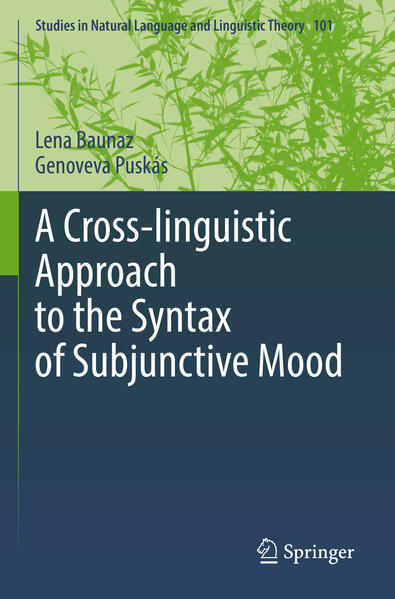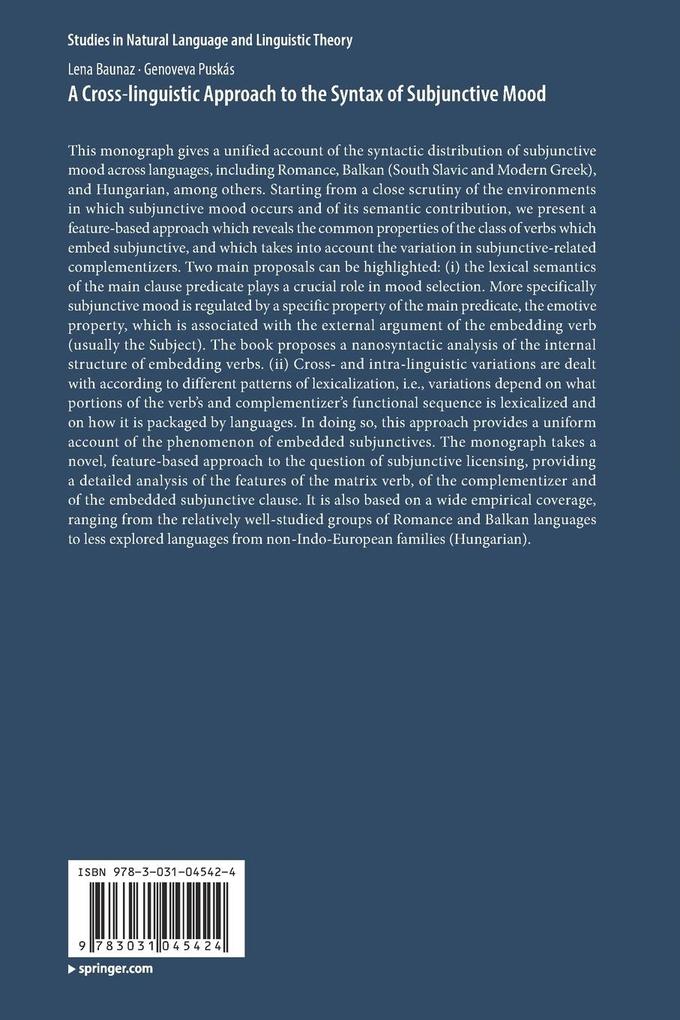Lena Baunaz has a PhD in formal linguistics. She specializes in formal syntax and the way it relates to morphology, semantics and the lexicon. Her dissertation was published as a monograph (Springer, 2011) entitled " The Grammar of French Quantification and focused on the syntax-semantics-prosody of French Quantification. Her more recent research is rooted within the nanosyntactic framework. She published work on the internal structure of complementizers, mood selection, factivity, and extraction phenomena in different language families, with a focus on Romance and Balkan languages. She currently teaches at the Romanisches Seminar (University of Zurich).
Genoveva Puskas is Associate professor of linguistics at the University of Geneva. Her areas of specialization include the syntax and semantics of quantification and of negation, the syntax of the left peripheral markers such as focus, contrastive and non-contrastive topic, and the syntax of the DP, with a focus onHungarian. She recently extended her research to syntax-pragmatics interface questions from a cross-linguistic perspective, namely to how and what modal expressions and mood markers contribute to the organization of information, both in terms of structural constraints and of contextual framing.















